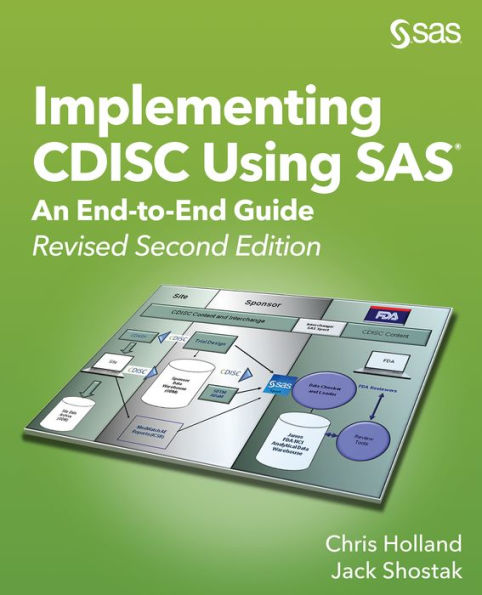Table of Contents
Contents
About This Book......................................................................................................... ix
About These Authors................................................................................................ xv
Chapter 1: Implementation Strategies...................................................................... 1
The Case for Standards.................................................................................................. 1
Which Models to Use and Where.................................................................................... 4
Starting with the Clinical Data Acquisition Standards Harmonization (CDASH) Standard 4
Implementation Plans and the Need for Governance...................................................... 5
SDTM Considerations..................................................................................................... 6
ADaM Considerations..................................................................................................... 7
Chapter Summary........................................................................................................... 8
Chapter 2: SDTM Metadata and Define.xml for Base SAS Implementation ........ 9
SDTM Metadata............................................................................................................ 10
Table of Contents Metadata.................................................................................... 11
Variable-Level Metadata......................................................................................... 12
Codelist Metadata.................................................................................................. 15
Value-Level Metadata............................................................................................. 18
Where Clause Metadata.......................................................................................... 21
Computational Method Metadata............................................................................ 22
Comments Metadata............................................................................................... 24
External Links........................................................................................................ 24
Building Define.xml...................................................................................................... 26
Define File Header Metadata................................................................................... 26
Define File Creation SAS Program......................................................................... 27
Chapter Summary........................................................................................................ 27
Chapter 3: Implementing the CDISC SDTM with Base SAS.................................. 29
Base SAS Macros and Tools for SDTM Conversions.................................................... 29
Creating an SDTM Codelist SAS Format Catalog.................................................... 30
Creating an Empty SDTM Domain Dataset............................................................. 32
Creating an SDTM --DTC Date Variable................................................................... 35
Creating an SDTM Study Day Variable.................................................................... 36
Sorting the Final SDTM Domain Dataset................................................................. 37
Building SDTM Datasets............................................................................................... 39
Building the Special-Purpose DM and SUPPDM Domains...................................... 39
Building the LB Findings Domain......................



